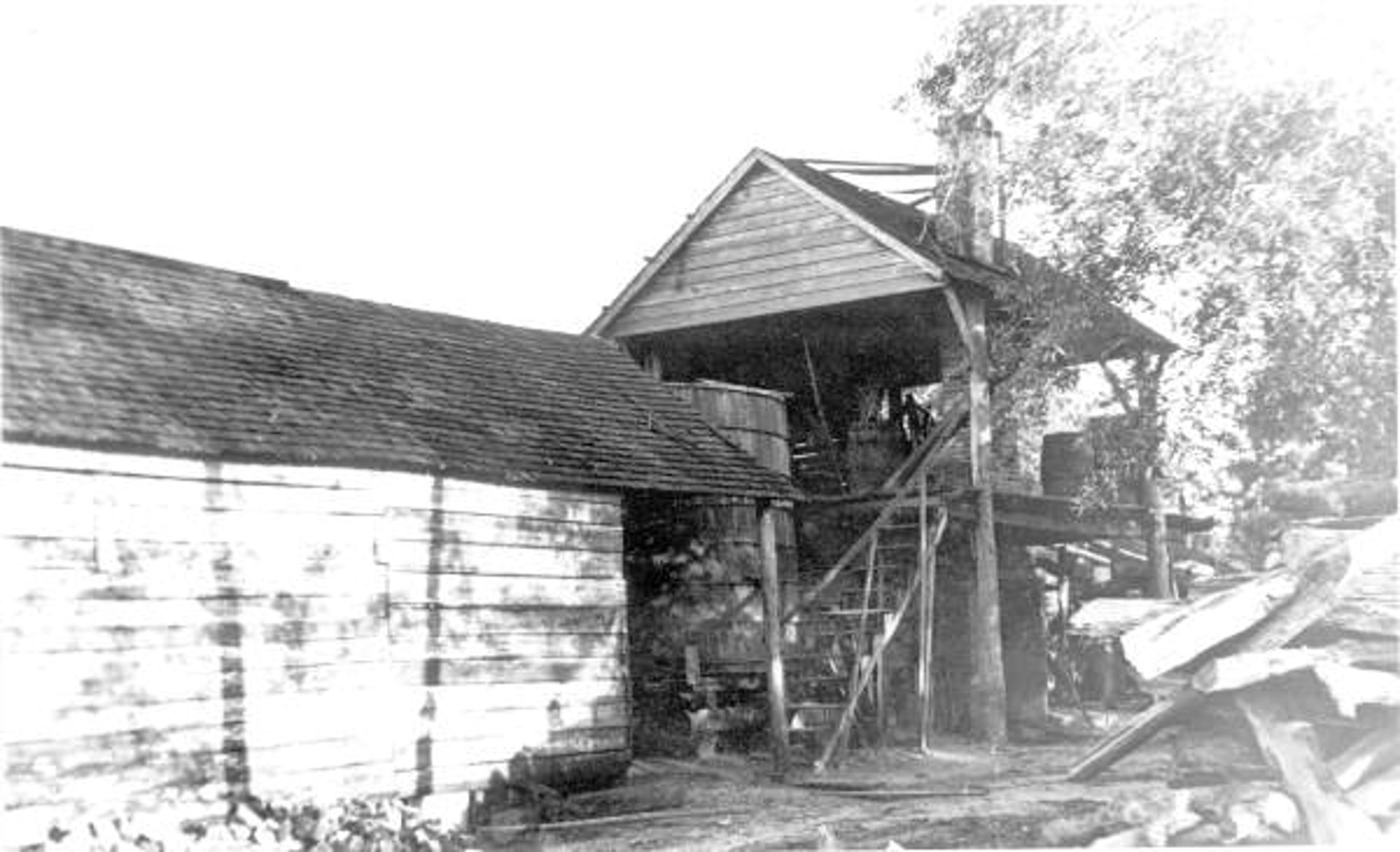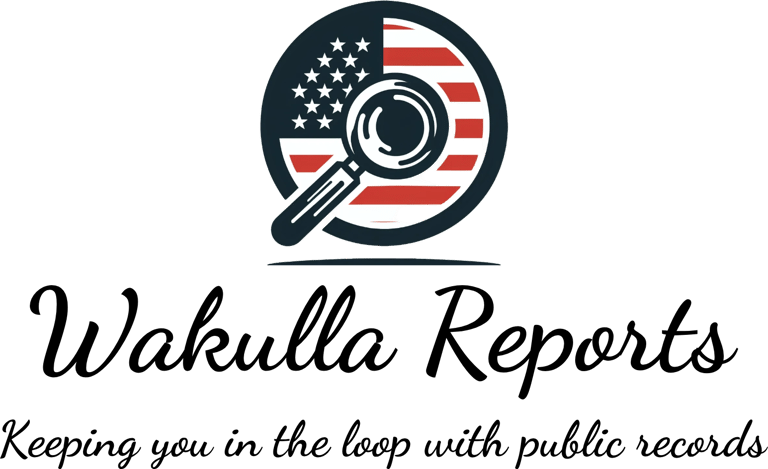How It Works Part 5: Where County Law Fits into State Law – The Hierarchy Explained
Ever heard “the state won’t let us” at a BOCC meeting and wondered if that’s actually true? This post breaks down the legal ladder—from federal to state to county—and explains how preemption, Home Rule, and charter powers really work in Wakulla.
TOOLS YOU CAN USE2025
Bella Boyd
10/16/20253 min read


Welcome back, Wakulla neighbors! In our six-part series on Florida’s state-county framework, we’ve already covered the basics of state government (Part 1), how our local structure works (Part 2), who controls what (Part 3), and where state and county governments collaborate (Part 4).
Today, we’re tackling the legal scaffolding that holds it all together: the hierarchy of laws and how county ordinances must align with state law—or risk being struck down.
🔺 The Law Ladder: Who’s on Top?
Think of it like a pyramid:
At the top: U.S. Constitution and federal law
In the middle: Florida Constitution and state statutes
At the base: County and municipal ordinances
Wakulla County is considered a “political subdivision” of the state. That means our Board of County Commissioners (BOCC) can pass local rules—but only if those rules don’t conflict with state law. If they do? The state law overrides. Every time.
This isn’t about blame—it’s about structure. When you hear “the state won’t let us,” it’s worth asking:
Is it truly a state-level restriction? Or is it a local choice, budget limitation, or misunderstanding?
🧠 Preemption: When the State Says “Nope”
Florida uses a legal tool called preemption to keep rules consistent across all 67 counties. Preemption comes in two forms:
Explicit preemption: The statute clearly says “this area is preempted.”
Implied preemption: The state fully regulates the topic, leaving no room for local variation.
Preemption prevents counties from creating rules that are stricter, looser, or different from state law. It’s designed to avoid a patchwork of conflicting regulations—but it can also block local solutions.
Example: If Wakulla wanted to pass a local gun storage ordinance near schools, it couldn’t. Florida Statute 790.33 preempts all local firearm regulations. The county must enforce the state’s baseline—no additions allowed.
Another example: Local governments can’t ban gas appliances. Recent legislation (like HB 113) preempts rules on appliance types, even if they’re tied to environmental concerns.
Bottom line: If a local ordinance steps over the line, it can be invalidated by the Attorney General or challenged in court. That’s why fact-checking claims of “state won’t let us” is essential. Use municode.com or leg.state.fl.us to verify.
🏠 Home Rule vs. Dillon’s Rule: What’s the Difference?
Florida counties fall into two categories:
Non-charter counties (47 total) follow Dillon’s Rule, which means they can only do what the state explicitly allows. No assumptions.
Charter counties (20 total), including Wakulla since 2008, operate under Home Rule. This gives them broader authority to pass local ordinances on any matter not inconsistent with general law.
So what does “not inconsistent” mean?
It means charter counties like Wakulla can act independently—unless the state has preempted the issue or passed a law that directly conflicts.
Example: Wakulla can regulate noise levels locally because there’s no conflicting state law. But we can’t pass a stricter gun ordinance, because that’s preempted.
Charter counties have more flexibility, but they still operate within the same legal hierarchy. State law always wins.
🧩 Real-World Examples with Wakulla Context
Let’s walk through a few areas where preemption and Home Rule collide:
Firearms:
Florida Statute 790.33 prohibits counties from regulating gun possession, sales, or discharge. Wakulla can’t add local rules. Enforcement is through the Sheriff’s Office, but the rules come from Tallahassee.
Environment:
Florida Statute 373.414 and HB 113 limit what counties can do with wetland protections and impact fees. Wakulla can set buffer zones, but we can’t exceed state nitrate limits. Our sewer projects must blend local goals with state mandates.
Taxes and Spending:
Florida Statute 200.065 caps how much counties can raise millage rates without voter approval. Wakulla’s current rate (7.9 mills) is locally set, but state formulas and audits shape our budget. Blame for shortfalls often lands on the state—but local efficiency matters too.
Short-Term Rentals:
Florida Statute 509.032 preempts counties from banning short-term rentals outright. Wakulla can require registration and set limits, but we can’t prohibit them entirely. When neighborhoods feel overwhelmed, it’s partial control—not full authority.
🛠️ How Ordinances Get Reviewed
Here’s how a local ordinance moves through the system:
The BOCC proposes a rule
The County Attorney reviews it for conflicts with state law
A public hearing is held
The board votes
If passed, the Clerk records and enforces it
If the ordinance conflicts with state law, it can be challenged under Florida Statute 86.011. The Attorney General or a lawsuit can trigger review. Appeals can go all the way to the Florida Supreme Court—but counties rarely win unless the ordinance is clearly non-conflicting.
✅ Key Takeaways
Hierarchy matters: Federal > State > County. Wakulla must align or adjust.
Preemption is real: It’s statutory, not selective.
Home Rule helps: Our charter gives us flexibility—but not immunity from state law.
Clarity wins: Use public tools to verify what’s possible and what’s prohibited.
💬 Heard a “state won’t let us” claim that didn’t add up? Drop it in the comments—let’s fact-check together.

Additional Social Links
YouTube is your go-to for short clips, video explainers, and visual breakdowns of how Florida and Wakulla governments really work.
Facebook brings you bite-sized written content, sticky-note facts, and rolling updates you can share and discuss.
Prefer to browse at your own pace?
Bookmark our website and visit anytime for fresh posts, resources, and real-life examples from right here in Wakulla County.
© 2024. All rights reserved.
